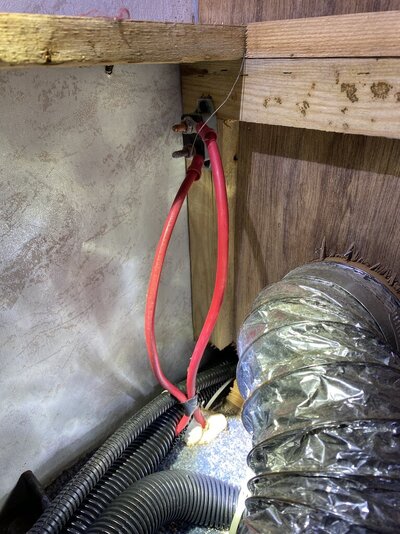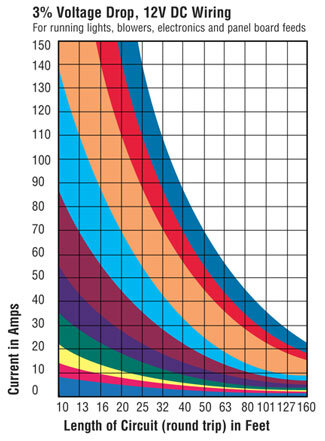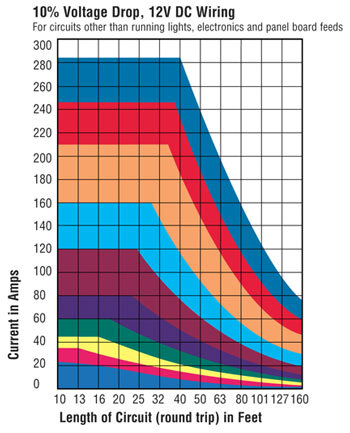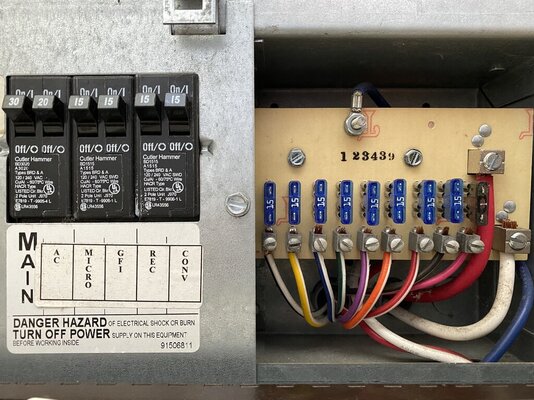Tiercel
Well-known member
I have a simple two receptacle 400-watt inverter that plugs into the cigarette lighter of my 2000 Chevy Express chassis. It can also be directly hooked to the battery. I have two cigarette lighters that are hot with the ignition on and off. One has a 20 amp fuse and is clearly identified as "cigarette lighter" in the chassis fuse panel. I have not identified what circuit the other cigarette lighter is on yet. I assume that I can plug the 400-watt inverter in and just keep the draw under 20 amps.
It supplies a clean-power picture to my TV which I think pulls less than 1 amp.
Is it safe/legal/advisable to run the generator while the MH is moving?
I am guessing my heater blower and freshwater pump both run on DC power but I have not confirmed that yet.
It supplies a clean-power picture to my TV which I think pulls less than 1 amp.
Is it safe/legal/advisable to run the generator while the MH is moving?
I am guessing my heater blower and freshwater pump both run on DC power but I have not confirmed that yet.






